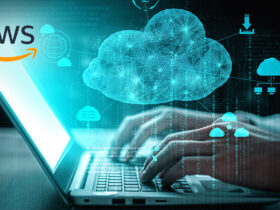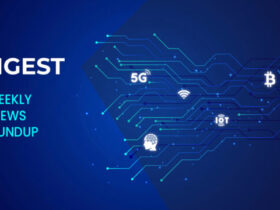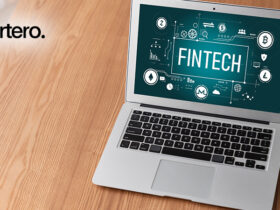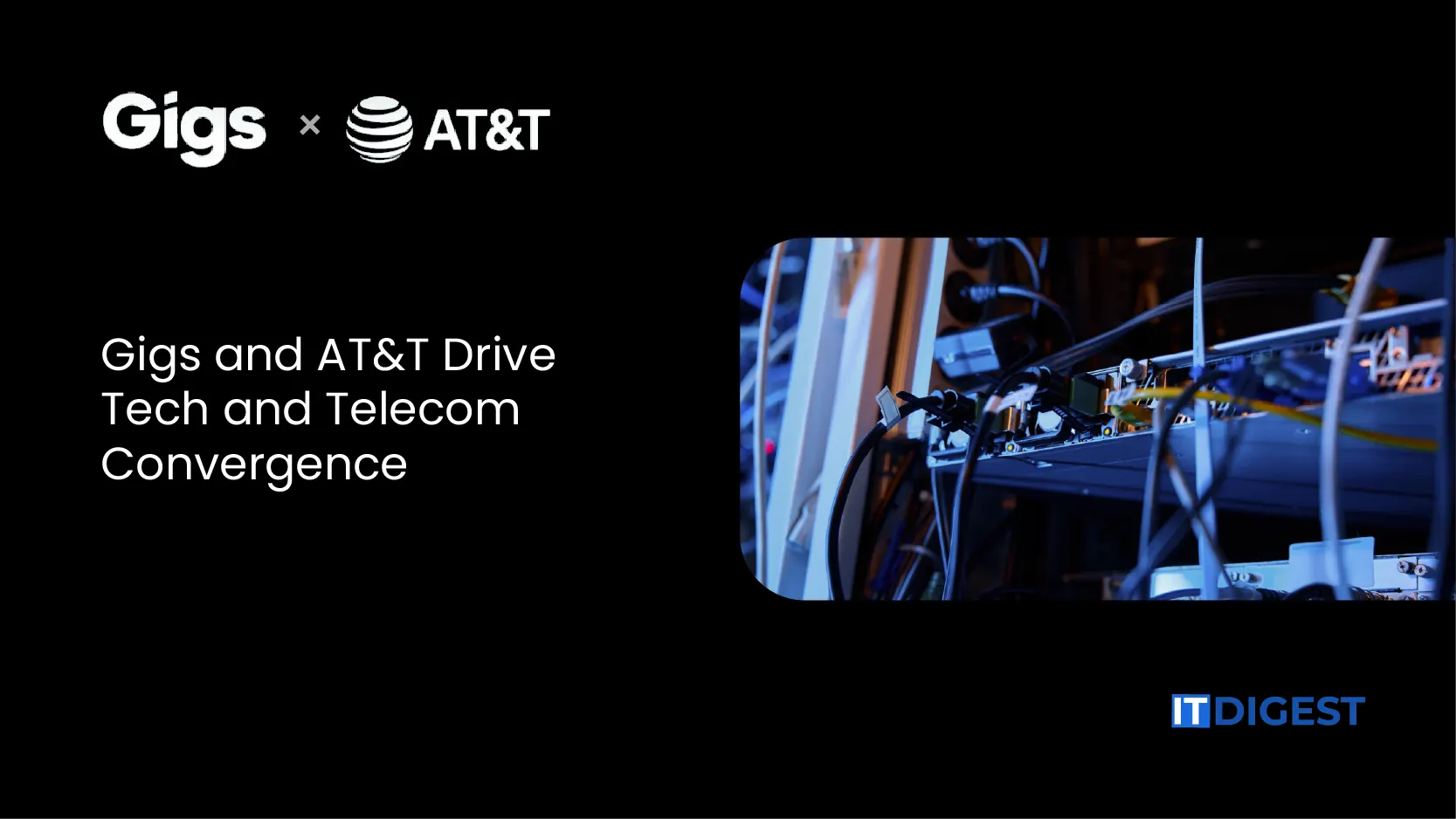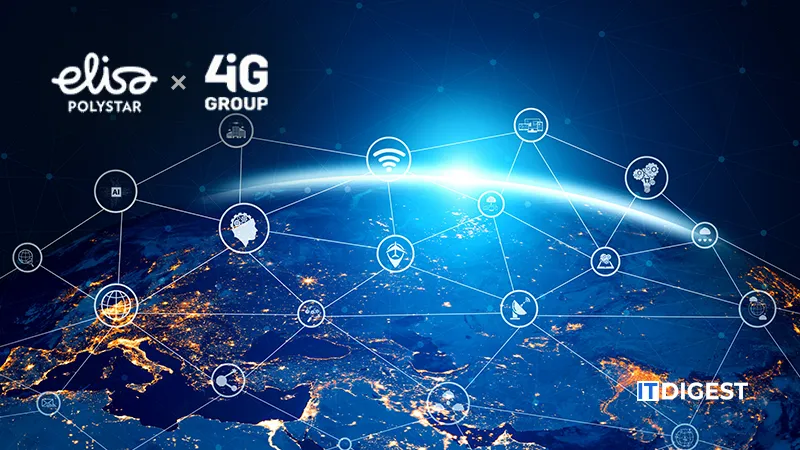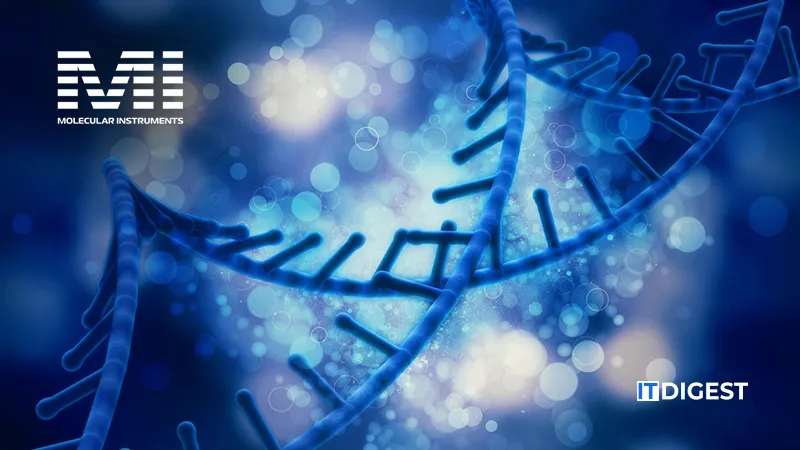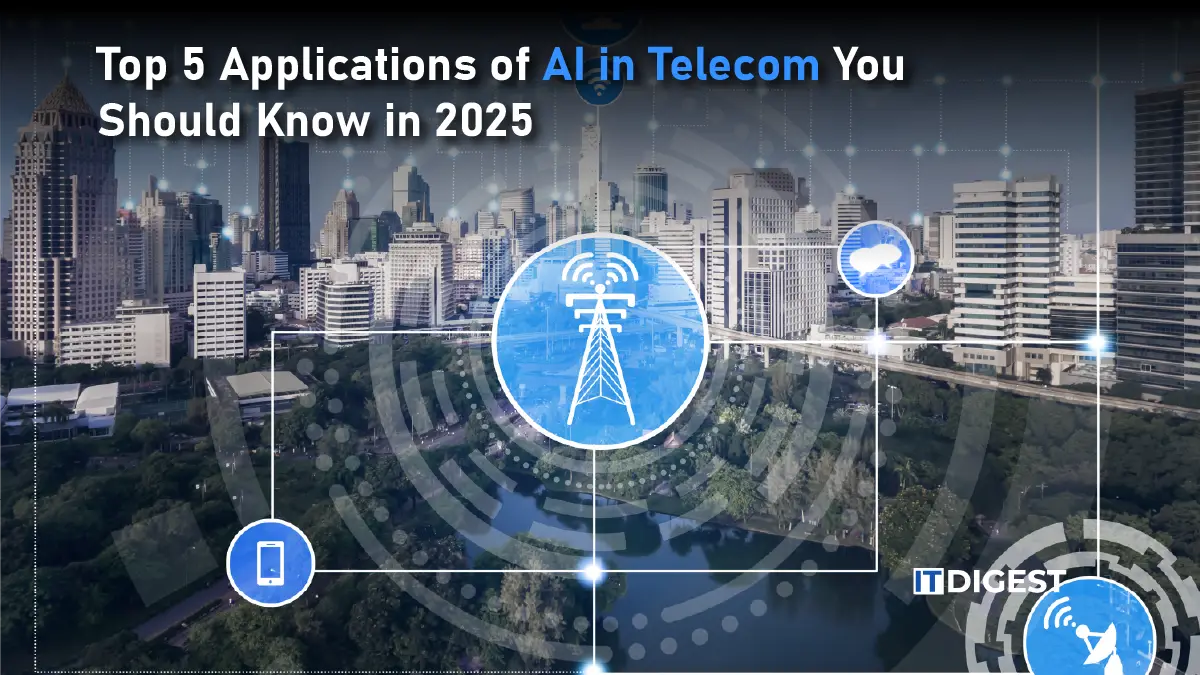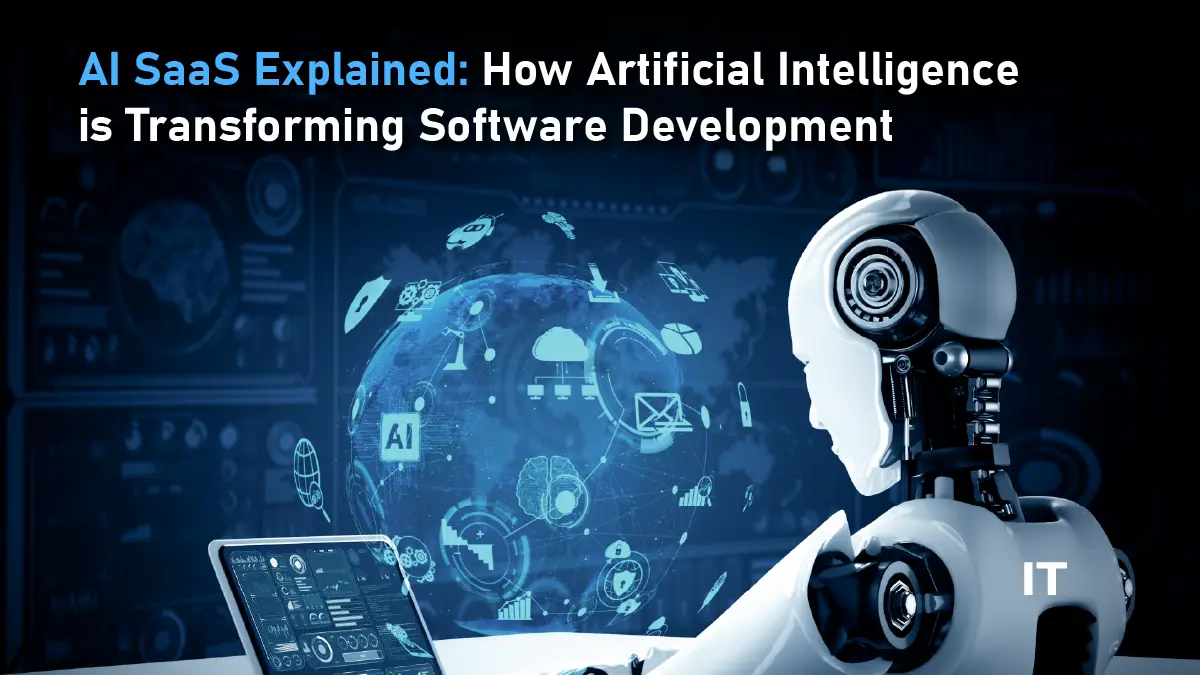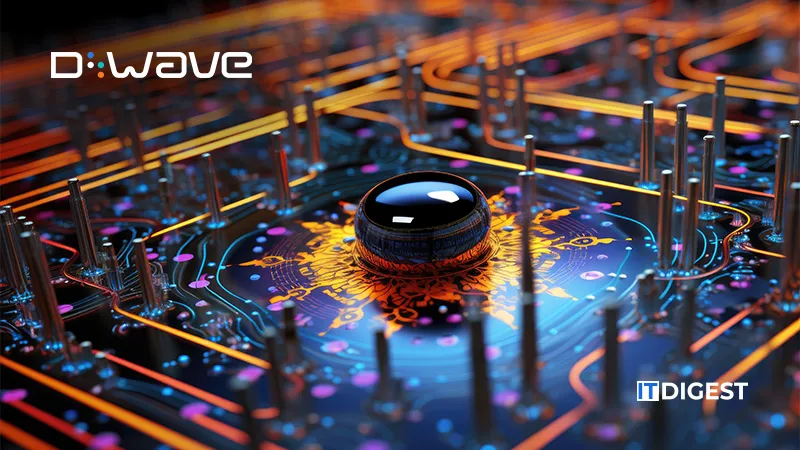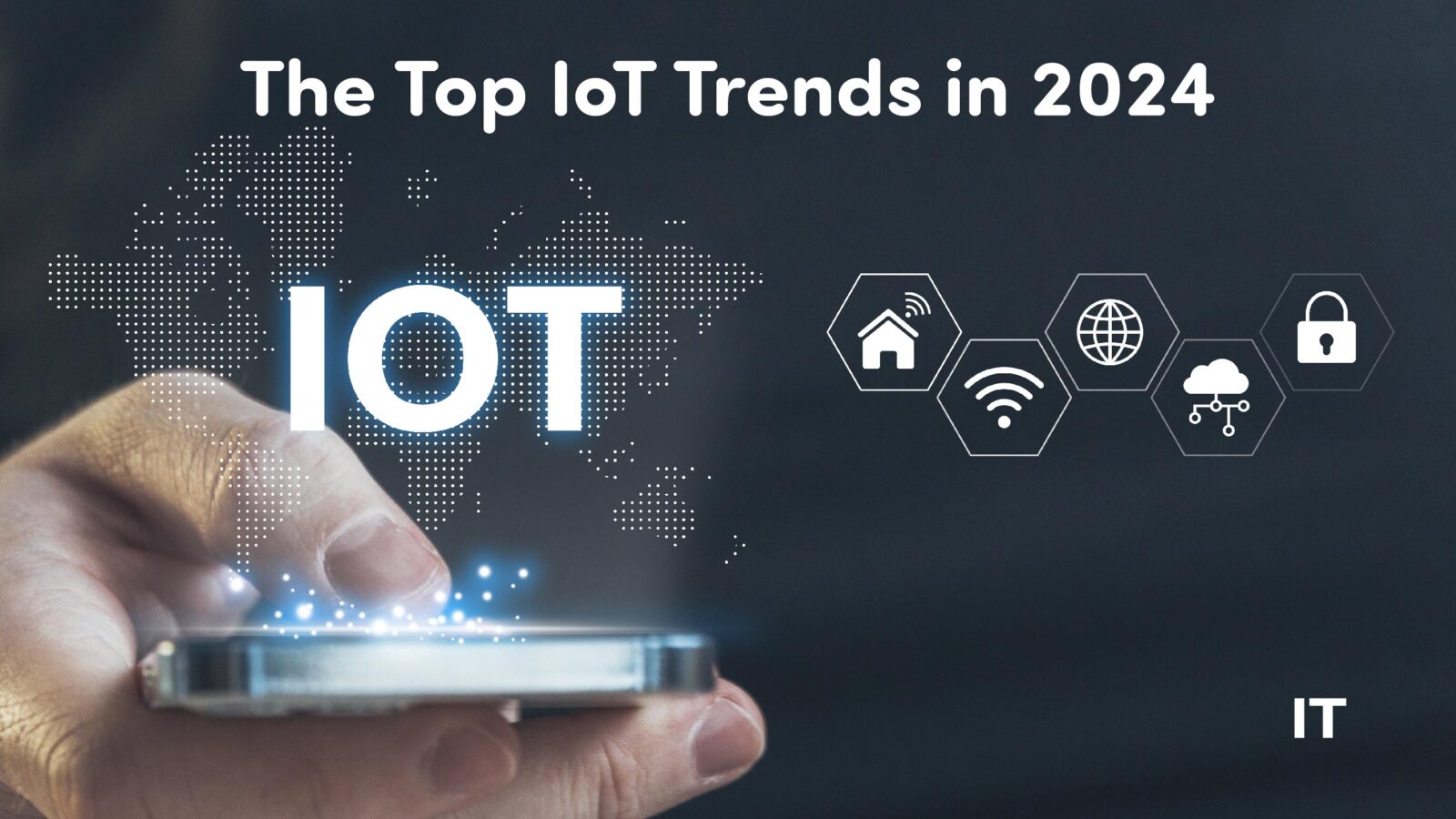Understanding the newest IoT trends in 2024 is essential as the Internet of Things (IoT) keeps developing. Emerging technologies will transform how we engage with our devices and with each other, leading to substantial breakthroughs in the IoT area and an increase in the pervasiveness of IoT technology. In 2018, global revenues from the IoT managed services market surpassed 30 billion U.S. dollars, and projections indicate a substantial rise to 135 billion by 2027.
In the article below, we analyze some of the major IoT trends that we might anticipate in 2024.
What is IoT?
A network of linked devices that communicate with the cloud and one another via data exchange is referred to as the Internet of Things (IoT). The sensors, software, and networking capabilities that these devices usually contain enable them to gather and send data without the need for human-to-human or human-to-computer interactions.
IoT has contributed to the introduction and surge of many technologies, such as 5G networking and Industry 4.0. Today, IoT devices can execute highly complex tasks and integrate AI to improve automation and reduce errors while generating and collecting large amounts of data.
The pandemic has also been a factor in the rise of the IoT. Now, in 2024, these developments are bound to gain more momentum. Let’s have a look at some of the most eminent IoT trends in 2024.
What are the Current Trends in IoT?
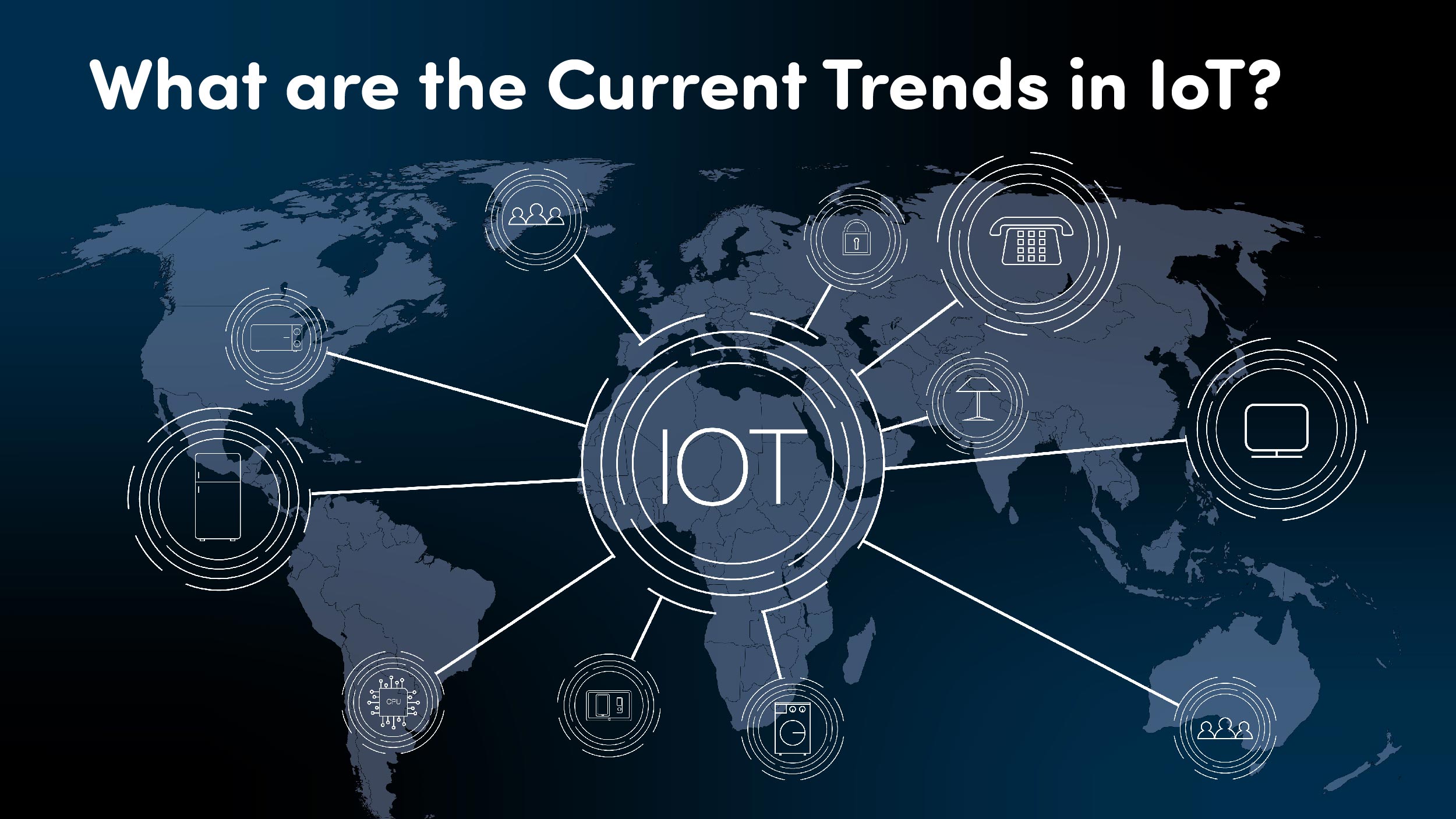 Now that we know all about IoT and its importance, let’s take a peek at the latest IoT trends that are going to transform everyone’s lives for the better.
Now that we know all about IoT and its importance, let’s take a peek at the latest IoT trends that are going to transform everyone’s lives for the better.
Healthcare-Excited IoT Trends
In the past two pandemic-ridden years, the healthcare industry has actively embraced IoT development. There have been many IoT-enabled developments and innovations in the healthcare industry in telemedicine, patient monitoring, and social distancing. Healthcare IoT devices will keep allowing healthcare professionals to collect patient data remotely.
The biggest game-changer in the marriage between healthcare and IoT is the advent of wearables and sensors that could be integrated into the home, enabling real-time monitoring of patients by professionals.
This makes it possible to provide care around the clock and frees up important resources for patients who want immediate assistance. By 2024, it is anticipated that more of us will be familiar with the idea of the “virtual hospital ward,” where medical professionals will use sensors and telemedicine to monitor and treat patients in their homes under the supervision of nurses and doctors.
On the other hand, wearable technology enables everyone to acquire deeper information about their well-being and fitness, which will again help relieve the burden on the current healthcare system by enabling us to seek treatment early when anything is wrong and gain a better understanding of how nutrition and exercise affect our health. In the upcoming year, we may anticipate the release of more devices, such as wearable skin patches, in addition to the already widely available smartwatches equipped with ECG and Sp02 sensors. The Neuralink company, founded by Elon Musk, a tech giant and CEO of Tesla, is developing implants that sense brain signals; one of the first uses they are aiming for could be to allow individuals with paralysis to regain control of their bodies.
5G Expansion
The expansion of 5G networks in 2024 is one of the significant IoT trends in 2024. With faster data transmission, lower latency, and increased capacity, 5G will enhance connectivity between IoT devices. This growth will bring about new opportunities for industries like manufacturing and revolutionize the IoT ecosystem. However, it also raises concerns about IoT security as the number of connected devices increases. The combination of 5G and IoT will reshape the way we think about cybersecurity. The 5G expansion will fuel the growth of mobile IoT, enable industrial advancements, and meet the increasing demands of the expanding IoT landscape.
Security
When IoT is concerned, security plays an important role, and the expansion of 5G will not only double but quadruple the need for cybersecurity. This is because this expansion will result in an increase in the number of IoT devices and thus potentially increase the targets for cyberattacks. Nearly 15% of businesses deploying IoT still use outdated security protocols. Businesses are now focusing on deploying cybersecurity tools and have an increased understanding of cybersecurity as an essential part of IoT solutions.
Industry and Business
The Industrial Internet of Things will have a huge impact on every aspect of the industry. The availability of robotics and IoT technology “as a service” suggests that smaller businesses will start to take advantage of the IoT opportunities to streamline operations, upgrade their infrastructure, and increase efficiency. IoT technology in the manufacturing industry includes sensors fitted to machinery to measure performance and enable predictive maintenance to detect or predict failures and breakdowns that can occur. IoT in industry and business can highly improve communication between businesses and customers and enrich the user experience.
Digital Twins and Metaverse: The Most Anticipated Latest IoT Trends
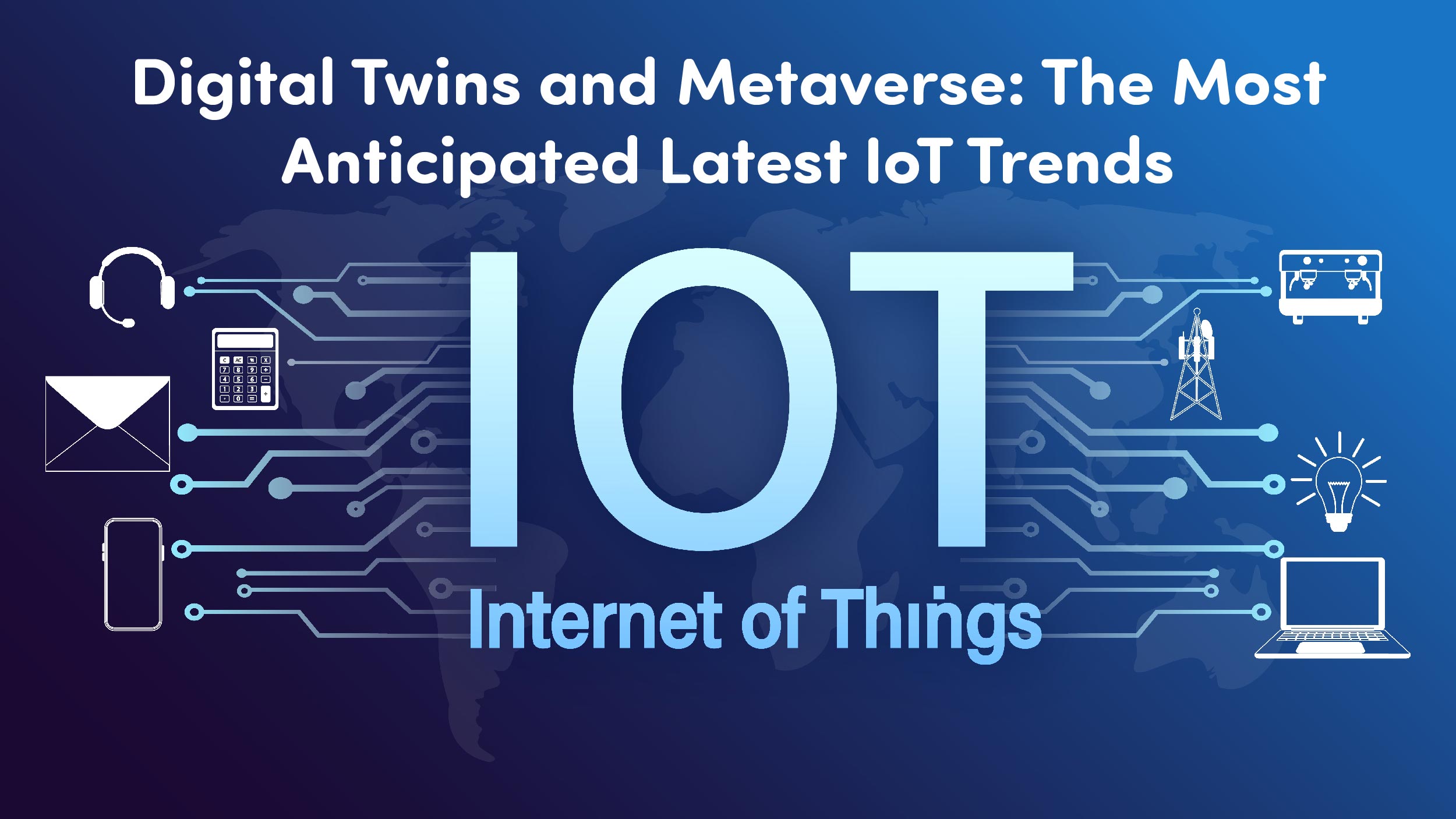 The usage of technology in business and industry in 2024 will be determined by the convergence of two crucial technological advancements. Bridging the gap between the physical and virtual worlds will be one of the metaverse’s most beneficial uses for business. It will be feasible to create accurate 3D digital twins of many diverse systems, from manufacturing facilities to retail malls, utilizing data from IoT sensors. Business users will subsequently be able to enter these digital twins via experiential metaverse technology, such as VR headsets, to gain a better understanding of how they function and how changing particular parameters is likely to affect business outcomes.
The usage of technology in business and industry in 2024 will be determined by the convergence of two crucial technological advancements. Bridging the gap between the physical and virtual worlds will be one of the metaverse’s most beneficial uses for business. It will be feasible to create accurate 3D digital twins of many diverse systems, from manufacturing facilities to retail malls, utilizing data from IoT sensors. Business users will subsequently be able to enter these digital twins via experiential metaverse technology, such as VR headsets, to gain a better understanding of how they function and how changing particular parameters is likely to affect business outcomes.
Picking Up the Trends
In conclusion, the IoT trends are set to redefine the technological landscape and bring about transformative changes across various industries. The advent of digital twins and the enterprise metaverse promises optimized operations through virtual simulations and augmented reality. Addressing the escalating number of connected devices, a heightened focus on IoT security will implement robust measures to safeguard data and counter cyber threats. The Internet of Healthcare Things will revolutionize healthcare by enabling personalized care and remote monitoring. Real-time tracking and predictive analytics will enhance supply chain optimization, while the widespread connectivity afforded by 5G will unlock new possibilities for IoT applications. As we embark on 2024, these advancements underscore the substantial potential of IoT trends to reshape our world and pave the way for a smarter, interconnected future.


